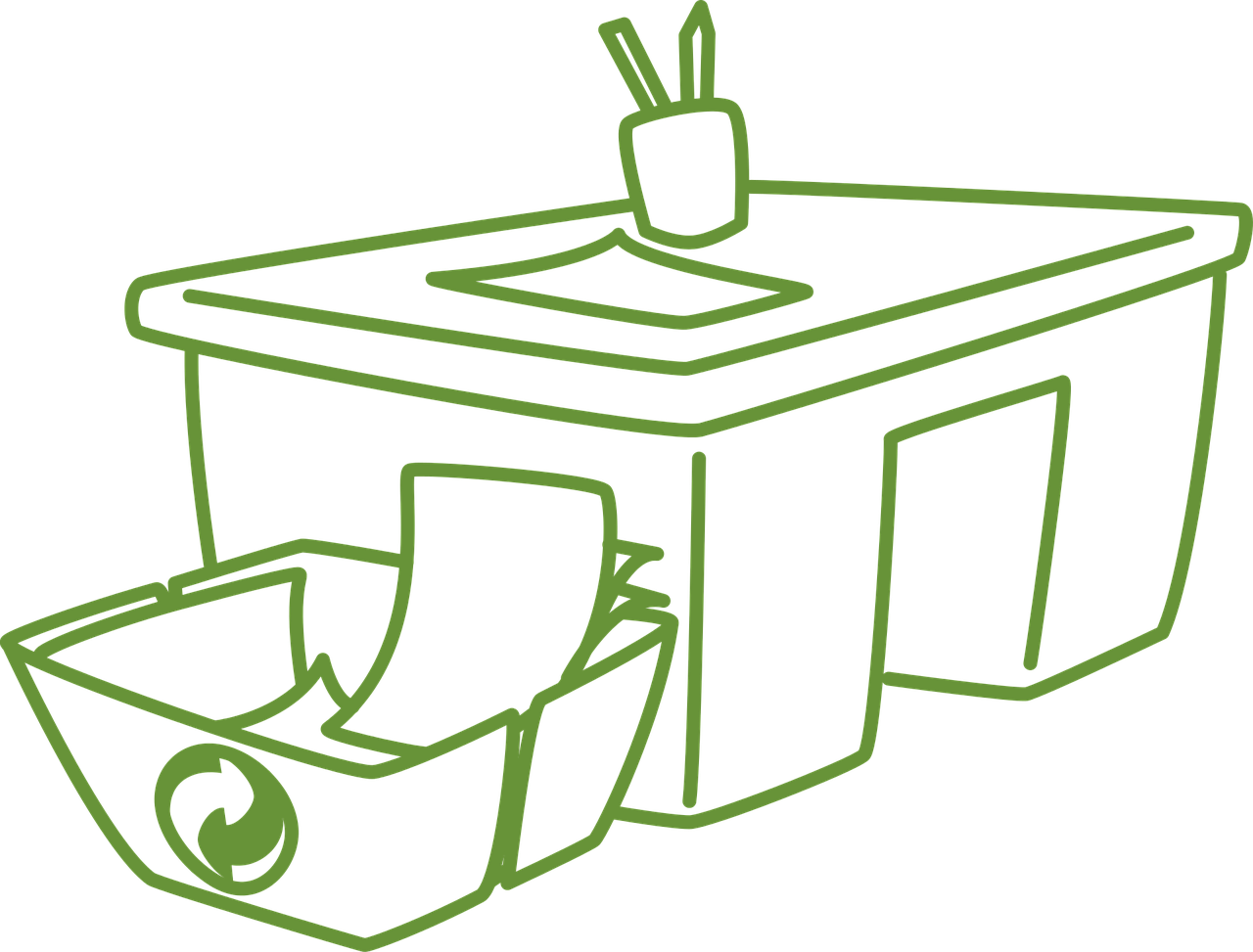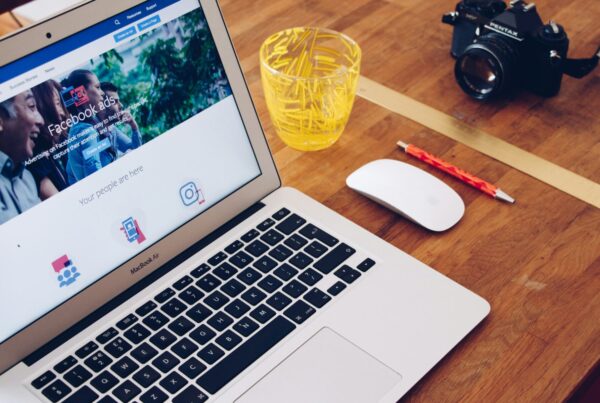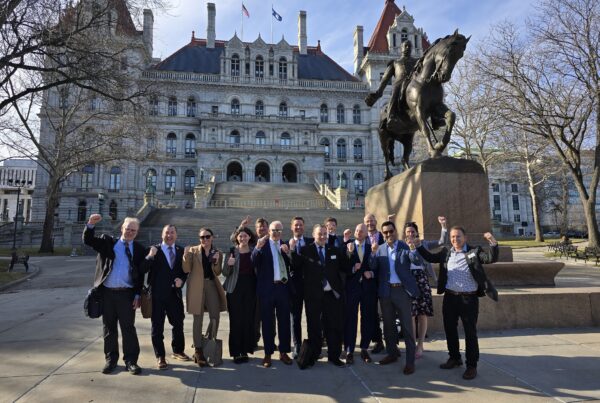Companies worldwide produce over 450 million metric tons of plastic annually.
To put this in perspective, the amount of plastic produced is equivalent to filling 37.5 million garbage trucks.
Reducing this staggering amount of plastic is not just beneficial for the environment, it is also a smart business strategy. Millennials and Gen Z make up a combined 42.4% of today’s market, and they are more proactive than ever in reducing plastic waste through their lifestyle choices, purchasing habits, and advocacy for sustainable practices. This makes them eager to support companies that actively minimize their plastic output.
In honor of “Plastic Free July” we highlight 3 ways that any businesses can take action now to reduce plastic consumption in the workplace!
1. Make a Switch from Single-Use Plastics to Sustainable Alternatives
Some reports indicate that 50% of plastic produced is for single use. In the workplace companies need to be aware of this, even small offices can generate a huge amount of plastic waste if they are not vigilant. To reduce the reliance on single-use plastics in the workspace, companies can start by:
- Stocking kitchens and break rooms with reusable utensils, glasses, mugs, and straws. Some companies have even designed kits of flatware for each employee to help cut down on office waste.
- Investing in water bottle filling stations. Americans purchase 29 billion water bottles annually, therefore encouraging the use of reusable water bottles is crucial. Using a reusable water bottle can prevent an average of 156 plastic bottles per person from polluting the ocean annually. It can be a simple shift in the workplace that reduces the company’s plastic footprint.
2. Buy In Bulk
The way products are packaged amounts to around ½ of all waste. When companies buy in bulk, it reduces the plastic waste while simultaneously being cost-effective. To start the transition to bulk purchasings, companies can:
- Group Amazon orders into as few shipments as possible. If supplies are not urgently needed, selecting the “consolidated shipping” option will reduce the packaging materials and plastic waste.
- Purchase office supplies in bulk. Offices have basic supplies for kitchens, breakrooms, bathrooms, etc. When buying in bulk it eliminates the waste of small packaging. For example, purchasing toilet paper in large quantities is better since individually wrapped rolls use 2.5 more plastic bag packaging than 30 rolls together.
3. Set Transparent Goals Company-Wide
Many businesses are setting sustainability targets for plastic packaging. “Unilever”, a company behind brands like Dove and Hellmann’s, exemplifies this by adjusting their targets as needed. Initially, the company aimed for a 50% reduction by 2025, yet now they are striving to reduce its virgin plastic footprint by 30% by 2026 and 40% by 2028. Transparency is the top priority, constantly reworking goals holds people accountable and sets measurable targets. Other businesses can start smaller, with more actionable goals in the workplace:
- A way they can do this is by setting SMART goals. These are specific, measurable, achievable, relevant, and time-bound goals. This would gradually reduce and prohibit plastics in the workplace.
- Implementing the goal of an office recycling program. This means providing clear instructions on what can be recycled in conjunction with easy access to recycling bins.
Small actions taken by companies help cut down on plastic waste and attract environmentally conscious customers. Ultimately, making a positive impact for both their business and the planet.
Hear more from a notable figure in the battle against plastic pollution. We spoke with Judith Enck, president of beyond plastics and the former EPA administrator about the “need-to-knows” of plastic pollution.
Check out the interview here.









